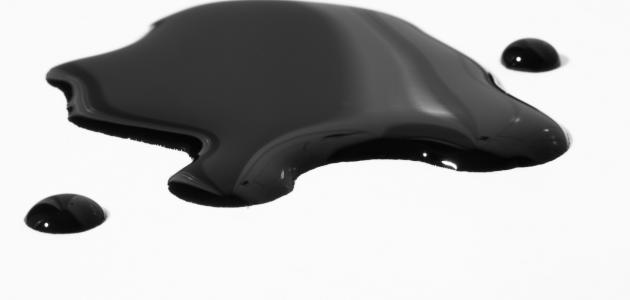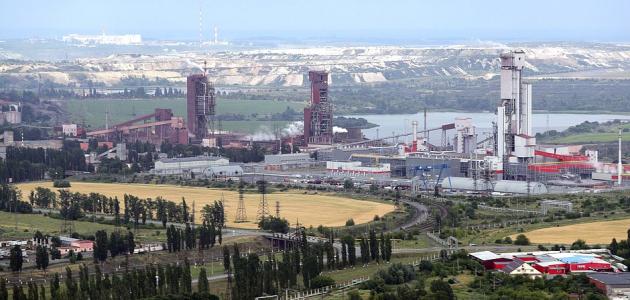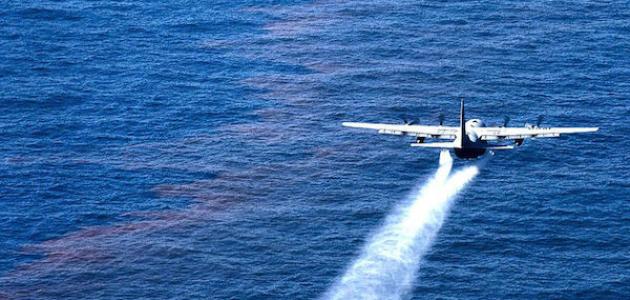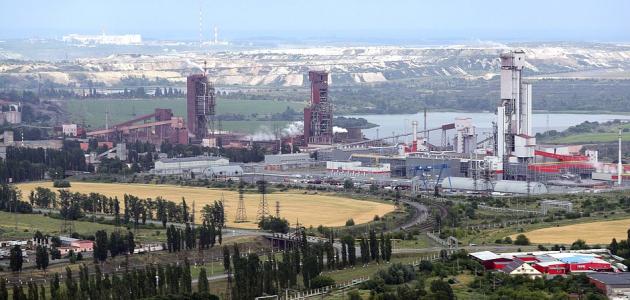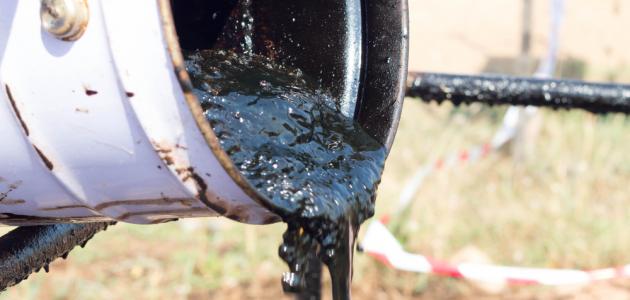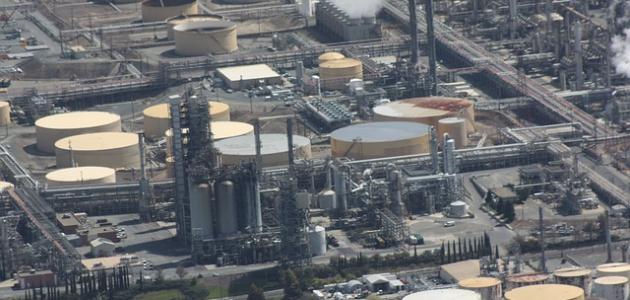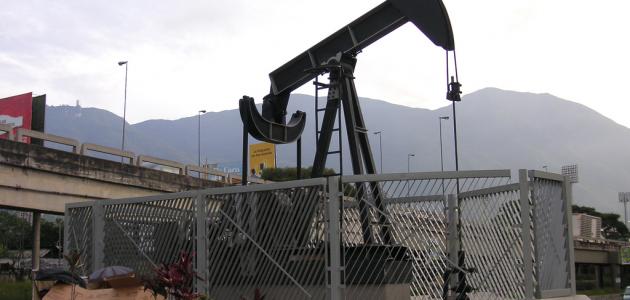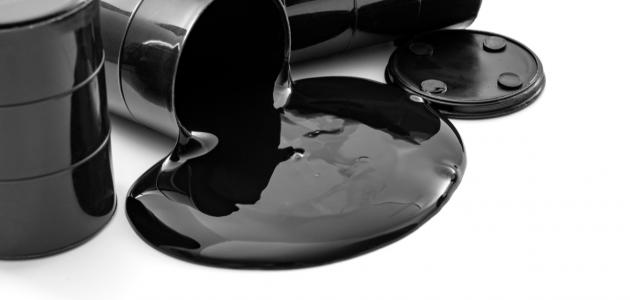The biological theory of petroleum formation
According to the biological theory, the process of formation of petroleum (oil) passed through the following stages:
- Algae and plants lived in the shallow seas millions of years ago, and when they die, they sink to the bottom of the ocean, then the organic materials in them mix with other sediments and are buried at the bottom.
- Microorganisms break down the organic materials in the sedimentary layers into carbon-rich compounds, in which oxygen is available in very small quantities, and sometimes it is non-existent.
- When organic matter mixes with sediment, source rock is formed.
- As new sedimentary layers are deposited on it, intense pressure and heat are generated on the source rock.
- Pressure and heat lead to the extraction of crude oil and natural gas from organic materials, and then the movements of the earth's crust work to confine petroleum and natural gas to reservoir rocks between layers of impermeable rocks, such as granite or marble. It is worth noting that the movements of the earth's crust are as follows:
- Folding: They are horizontal movements, where the pressure is inward, and the rock layers are displaced upwards, which leads to folding or humping.
- Fissures: It is the movement of cracked layers of rock up or down.
- Upward pressure: A layer of impermeable rock is compressed upwards towards the source rock.
The chemical theory of the formation of petroleum
There are other explanations for the origin and formation of petroleum, including the chemical theory that explains that the origin of petroleum is very deep carbon deposits, which existed long before the existence of life on this planet, and this theory appeared in the early sixteenth century, and was known as the non-vital oil formation theory (in English : the abiotic oil formation/ AOF).
Read also:How to make charcoalThis theory was ignored for a long time, until some scientists talked about it recently, and this theory assumes that the origins of oil formation date back to about 4.5 billion years ago, before the emergence of any form of life on the planet, and this theory requires that carbon has It was associated with hydrogen under great temperature and pressure, below sea level, and led to the formation of oil and gas, and then oil and gas seeped through porous rocks to be stored in various underground wells.
Petroleum properties and methods of extraction
Oil is extracted from the ground using giant drilling machines, which extract oil from large wells underground or at the bottom of the ocean. It is worth noting that there are several colors of crude oil, which are due to the different compositions that make it up, and it is usually black in color. Or dark brown, but it can also be yellowish, or reddish, or it can be bronze in color, or even green, and petroleum that contains lower levels of minerals or sulfur tends to be lighter in weight than others.
Read also:How to distill petroleum